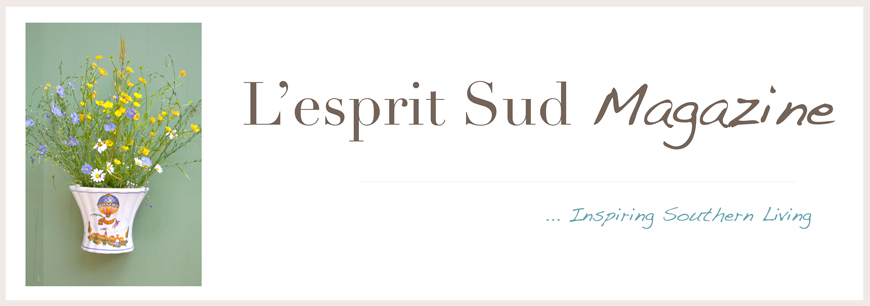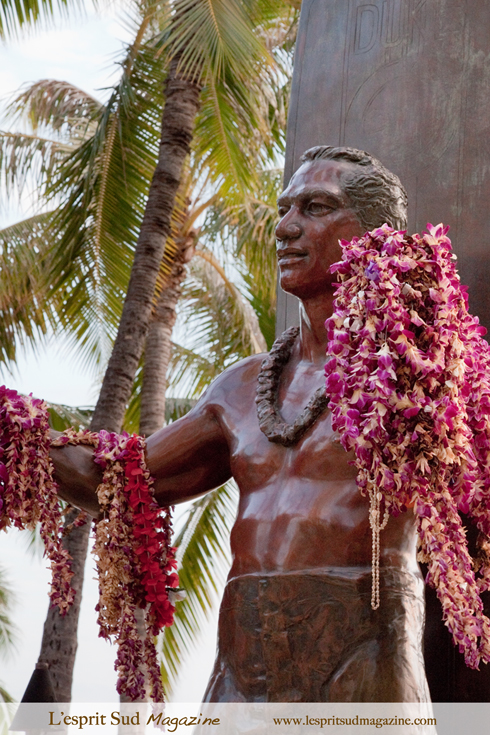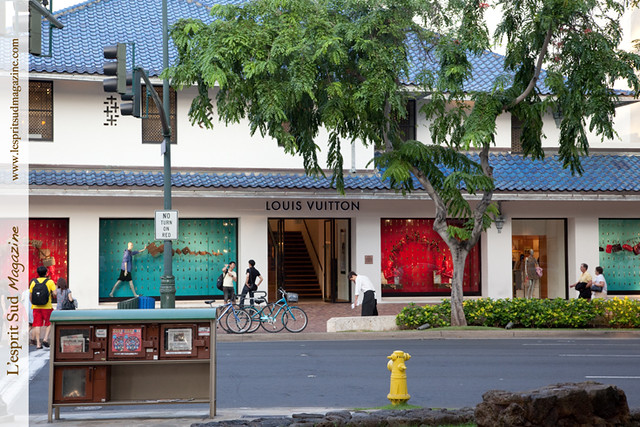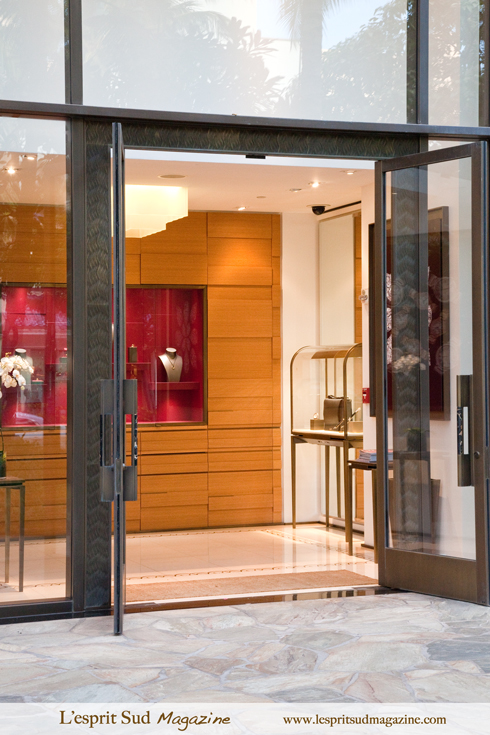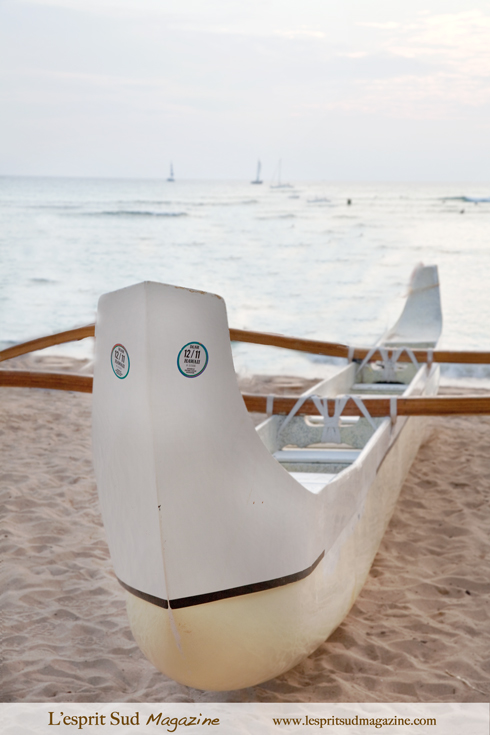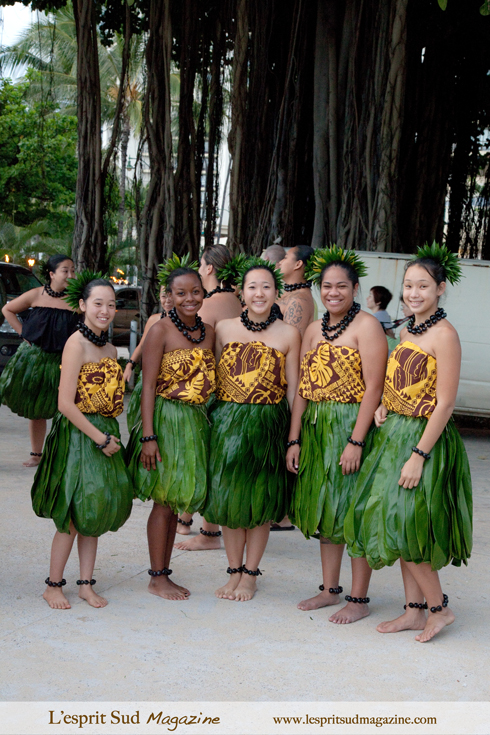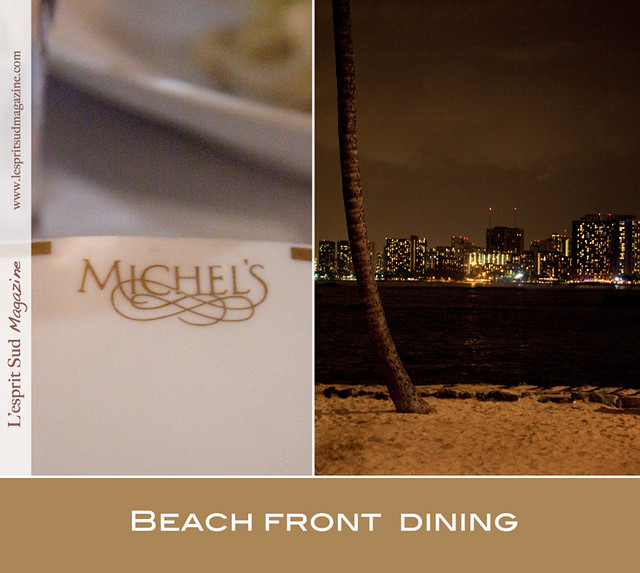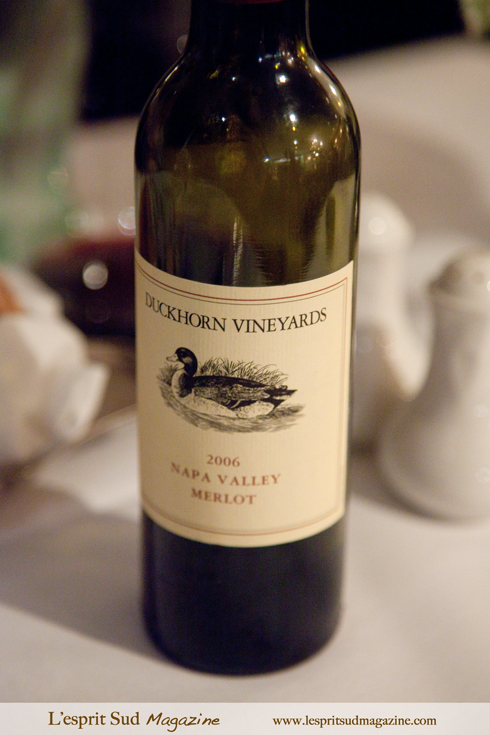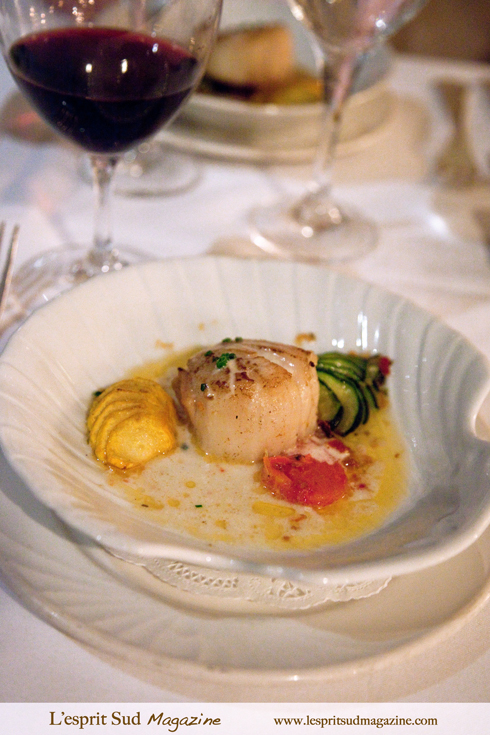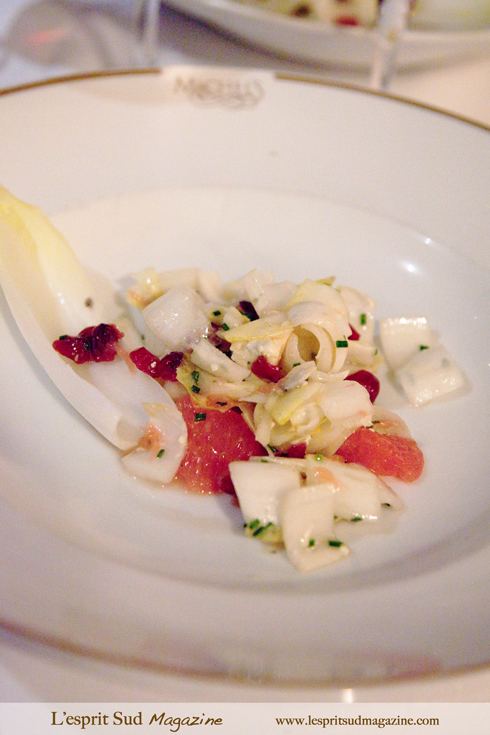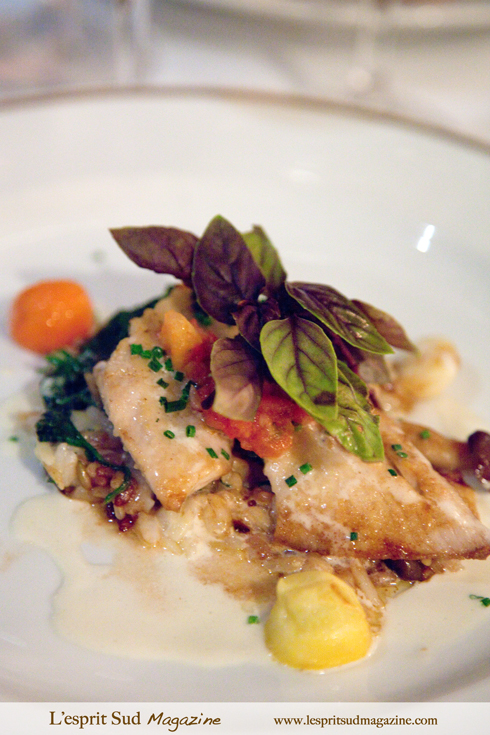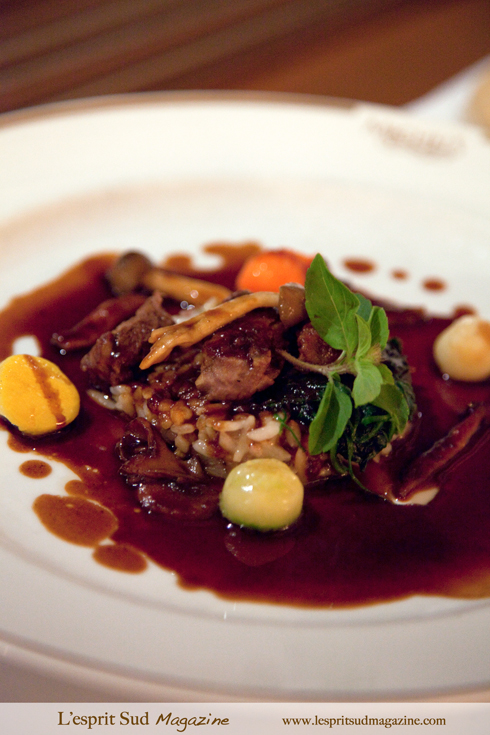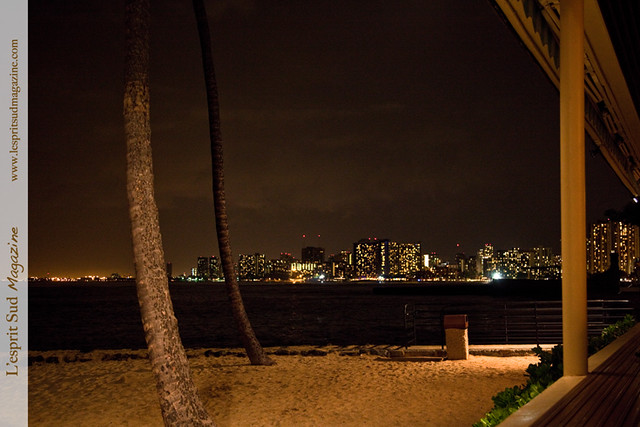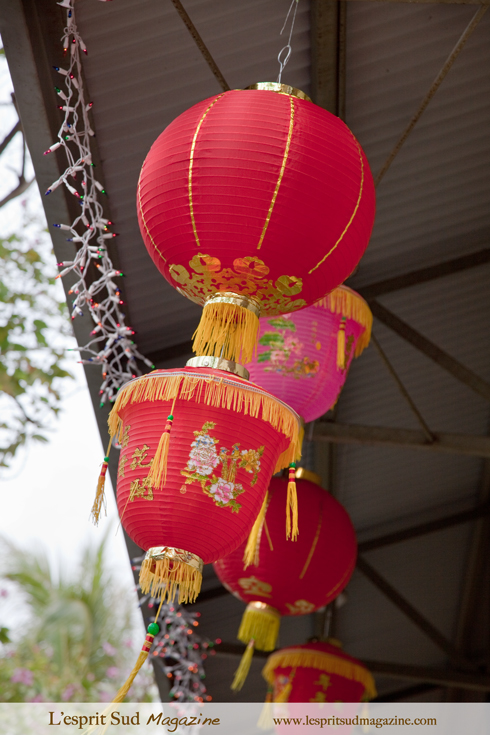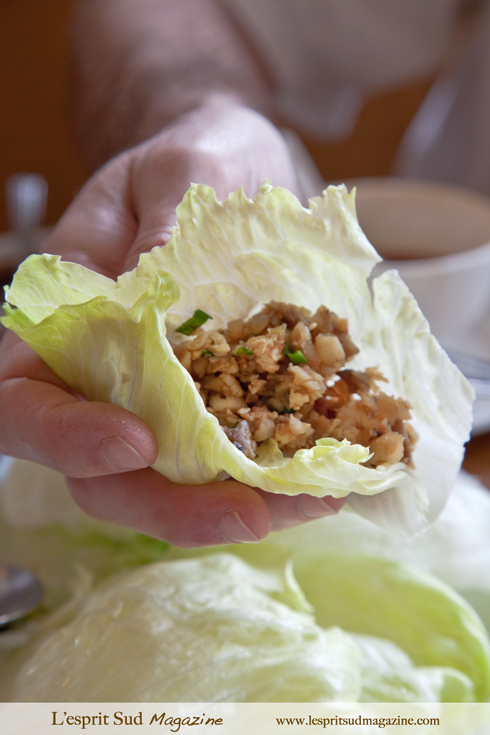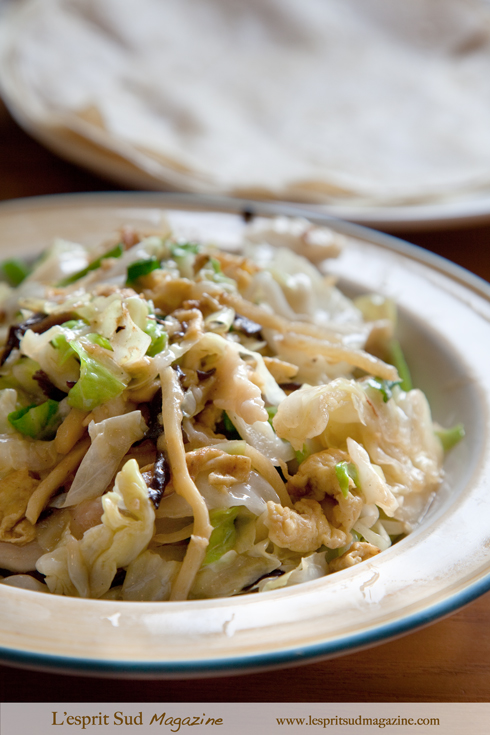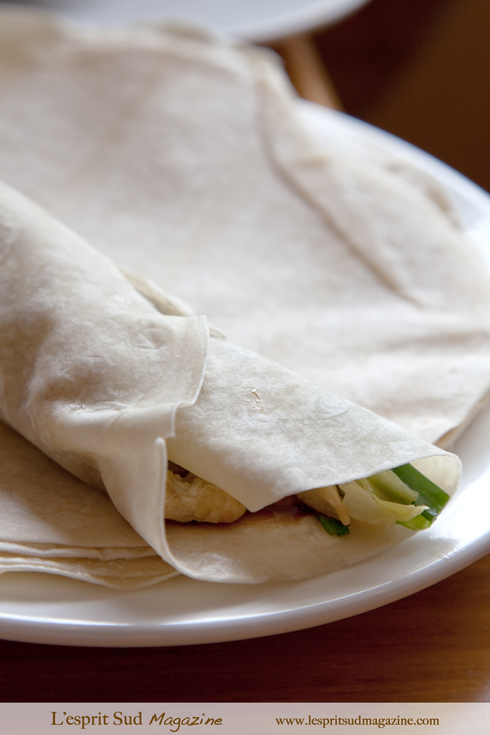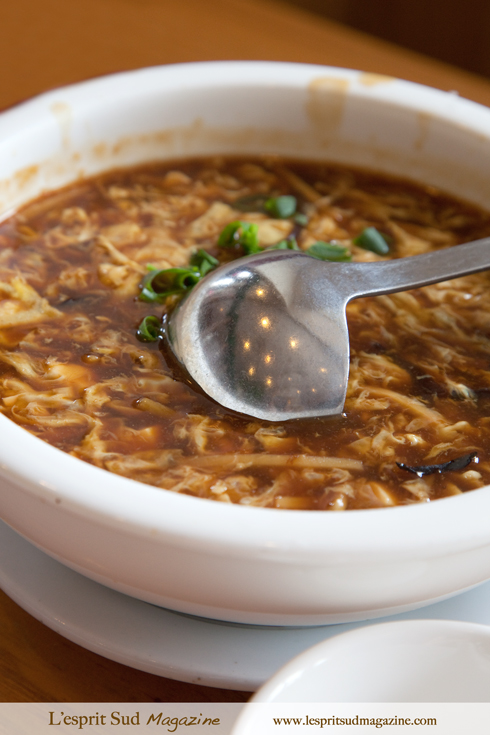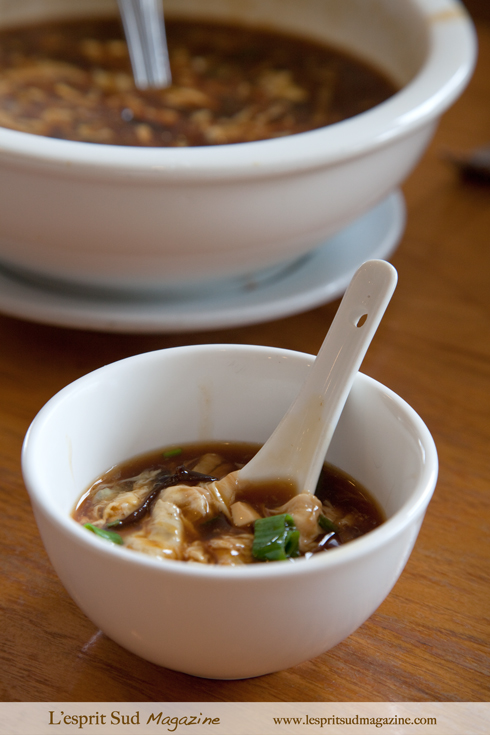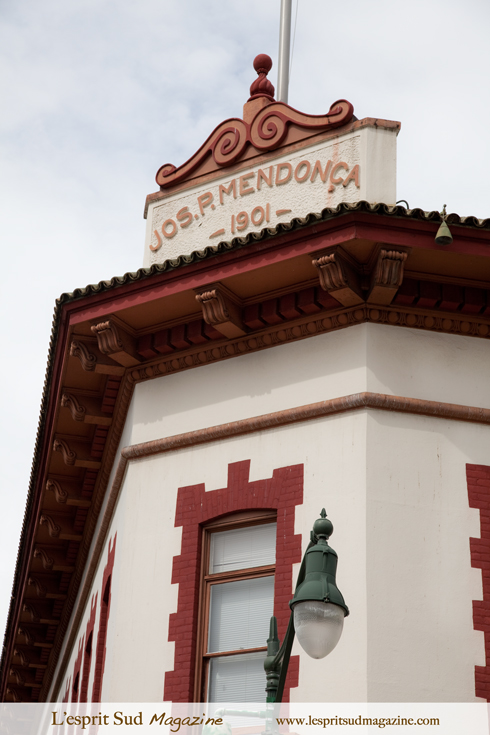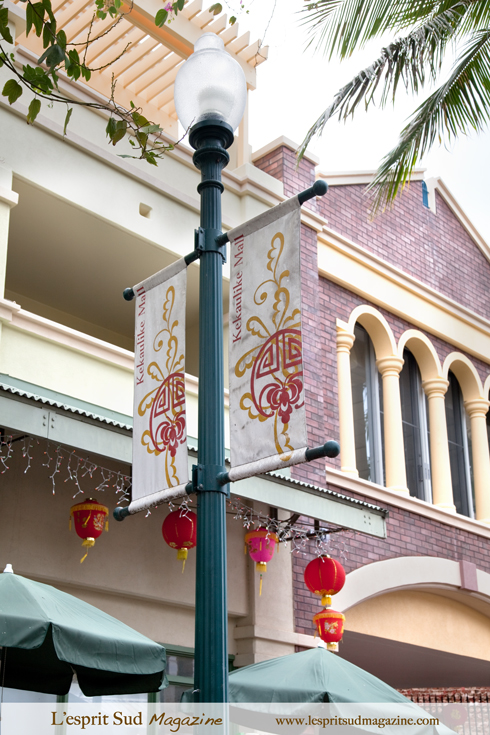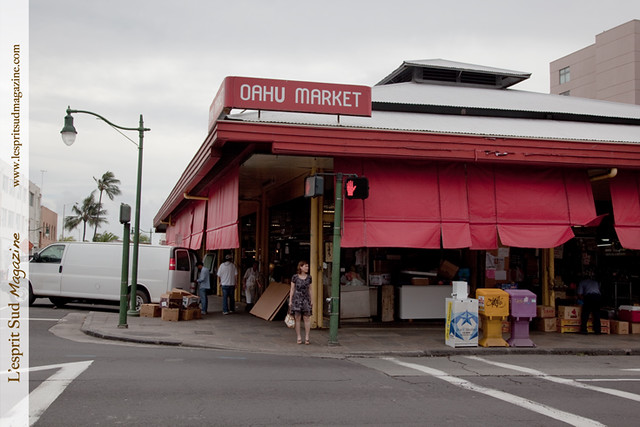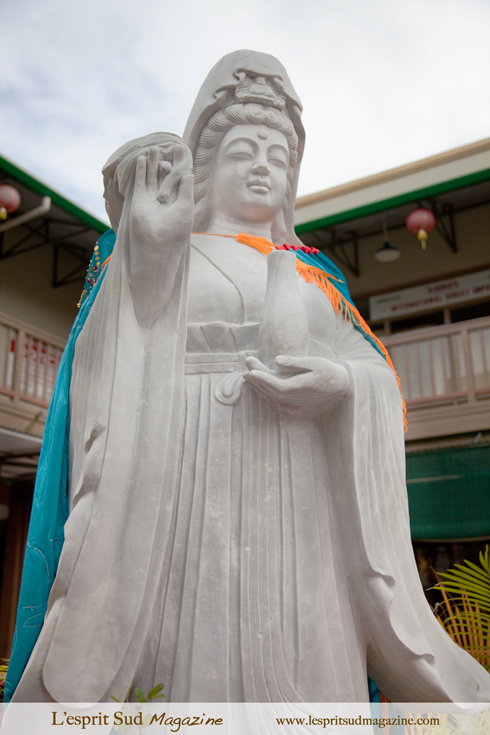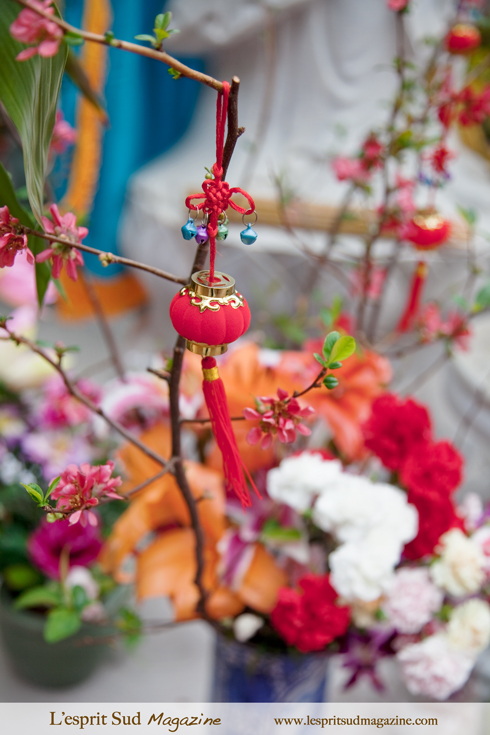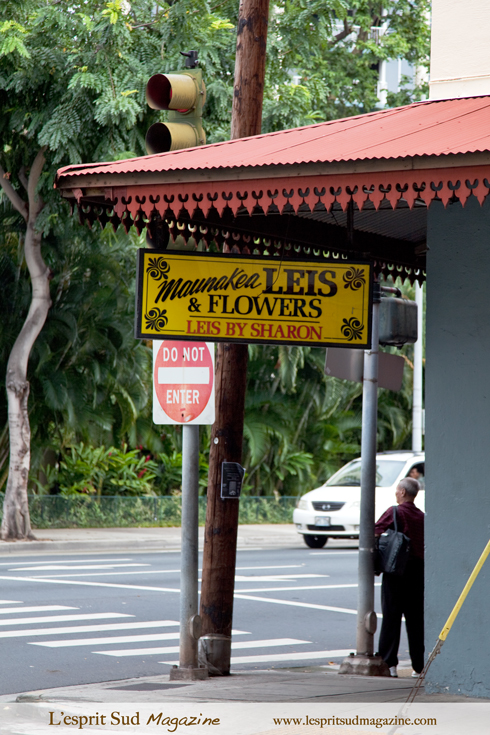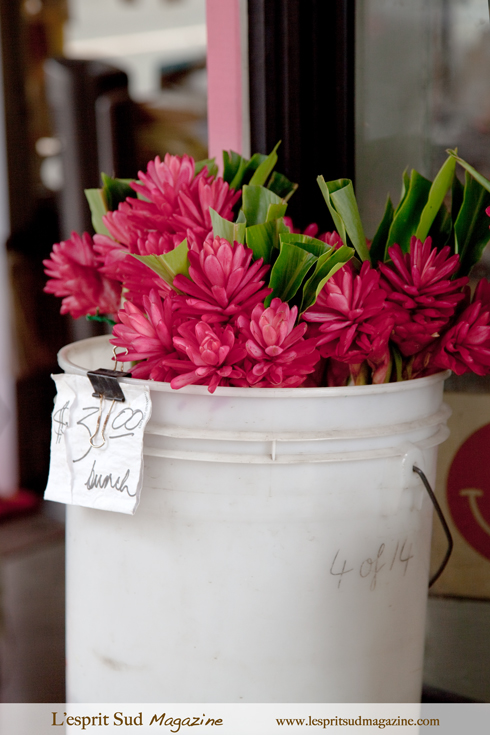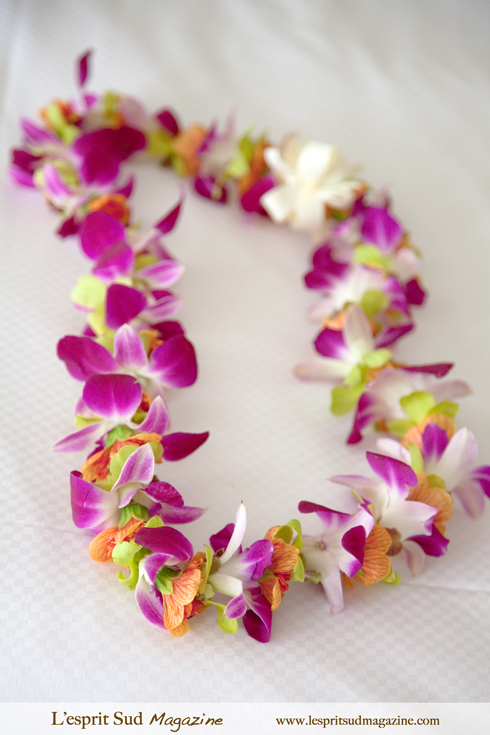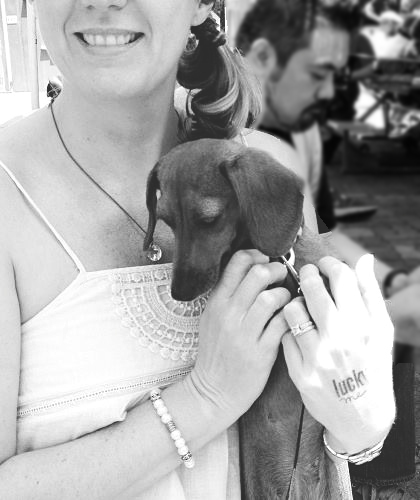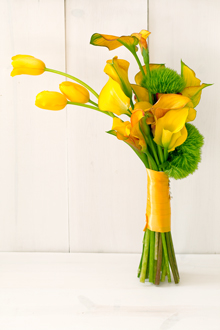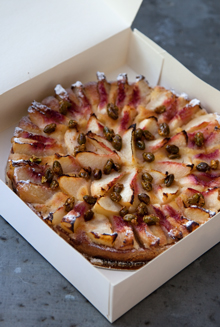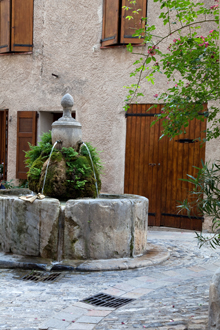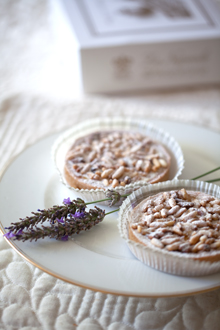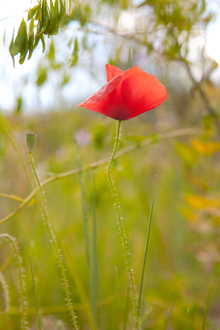
Driving outside Honolulu is the best way to experience some truly paradisiacal beaches as well an authentic Hawaiian vibe. Although it is certain that most of Oahu' action and fun can be found around Waikiki Beach, if you dare to venture along Oahu Island, you will be in for quite a journey. Gorgeous, pristine (and yes almost empty!) beaches exist, and only locals seem to know about them. So pack up your sunscreen lotion and follow us in our day-trip to gorgeous Southeast Oahu!
To get a pretty good idea of what this day-trip has in store for you, we recommend to first stop at the Diamond Head State Monument, Hawaii's most famous landmark. Right at the skirt of Honolulu, this broad, saucer-shaped crater was formed about 300,000 years ago during a single, explosive eruption that sent ash and fine particles in the air. From the top of the 760-foot (232 m) extinct volcano, first time visitors will get the best bird's eye view of the island as well as a postcard view of Oahu's shoreline.
The trail to the summit was built in 1908 as part of Oahu's coastal defense system. The 1.6 miles (2.6 km) takes between 1 hour and 2 depending on your speed and the traffic. The Diamond Head Summit Trail starts rather gently at the base of the crater but does become steep and strenuous as you reach the summit. (The last 1/10 of a mile is all steep stairs). But you can rest assure that every drop of sweat will be well worth the effort when you'll finally reach the top.
As the observation station is limited in size, it is not uncommon to wait up to 30 minutes before being able to reach the final portion of the hike. To maximize your experience, we would recommend to come as early as possible (8 a.m. in summertime) to beat the heat and the crowds. Your hiking gear should include some decent hiking shoes, bottled water and of course, your camera.

Vista overlooking Maunalua Bay and Koko Head. On a clear day, from that view point you can see a glimpse of the islands of Maui and Moloka'i.
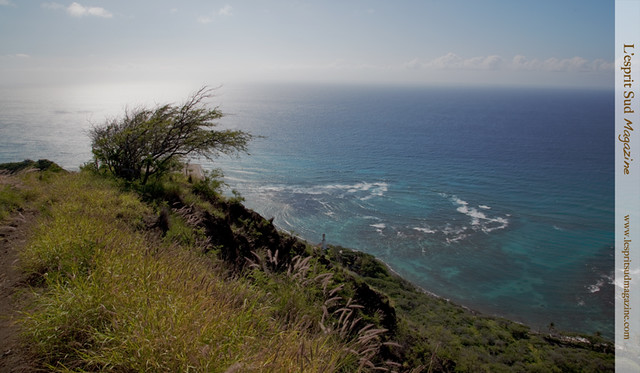
Most of the vegetation and birds were introduced in the late 1800s to early 1900s.
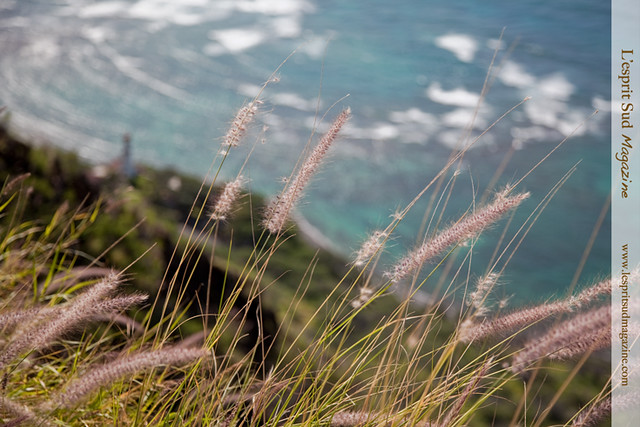
Golden meadows (Pennisetum) dancing on the top of Diamond Head.

From the observation station, you will get the most incredible vista of Honolulu.

Diamond Head viewed from the air.
After an early energizing hike, it is time to enjoy some more relaxing beach activities. As we follow road 72, we drive along Maunalua Bay to reach Koko Head, another impressive crater. At its base rests a pristine jewel named Hanauma Bay which translates into "Curved Bay". Hanauma as locals call it, is Oahu's most famous snorkeling destination. The bay's shallow shoreline water and abundant marine life draw snorkelers of all ages. The deeper water outside the bay is also great for scuba diving.
The small and horseshoe-shape white-sand beach is a marine conservation district, which means that fishing, damaging or feeding marine life is prohibited. Before getting access to the beach, first time visitors are required to go through the Education Center and view a nine minute orientation film that provides a cultural history of the area and exhibits about the importance of protecting its marine life. If you do not have your masks, fins, and snorkels, no worry. Snorkeling equipments and lockers are available to rent on the beach.
Whether for the day or just a couple of hours, a stop at Hanauma Bay will give you the feel of what real tropical reefs are all about.

Even from the overlook, you can easily see the reefs through the clear aqua waters.

This virgin beach is a great spot for sunbathing and picnics.

A colorful mosaic is welcoming visitors at the park's Education Center.
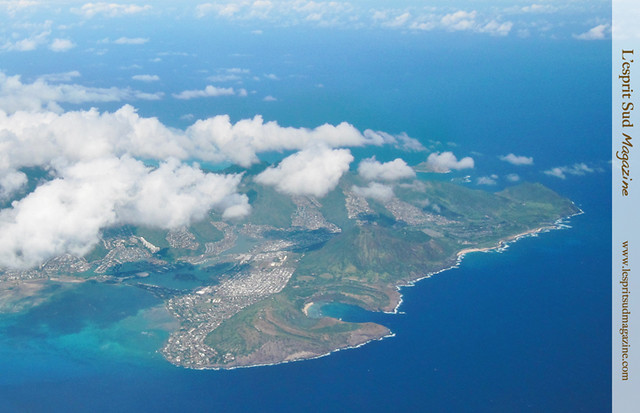
Koko Head and Hanauma Bay viewed from the air.
The trail to the summit was built in 1908 as part of Oahu's coastal defense system. The 1.6 miles (2.6 km) takes between 1 hour and 2 depending on your speed and the traffic. The Diamond Head Summit Trail starts rather gently at the base of the crater but does become steep and strenuous as you reach the summit. (The last 1/10 of a mile is all steep stairs). But you can rest assure that every drop of sweat will be well worth the effort when you'll finally reach the top.
As the observation station is limited in size, it is not uncommon to wait up to 30 minutes before being able to reach the final portion of the hike. To maximize your experience, we would recommend to come as early as possible (8 a.m. in summertime) to beat the heat and the crowds. Your hiking gear should include some decent hiking shoes, bottled water and of course, your camera.

Vista overlooking Maunalua Bay and Koko Head. On a clear day, from that view point you can see a glimpse of the islands of Maui and Moloka'i.

Most of the vegetation and birds were introduced in the late 1800s to early 1900s.

Golden meadows (Pennisetum) dancing on the top of Diamond Head.

From the observation station, you will get the most incredible vista of Honolulu.

Diamond Head viewed from the air.
The small and horseshoe-shape white-sand beach is a marine conservation district, which means that fishing, damaging or feeding marine life is prohibited. Before getting access to the beach, first time visitors are required to go through the Education Center and view a nine minute orientation film that provides a cultural history of the area and exhibits about the importance of protecting its marine life. If you do not have your masks, fins, and snorkels, no worry. Snorkeling equipments and lockers are available to rent on the beach.
Whether for the day or just a couple of hours, a stop at Hanauma Bay will give you the feel of what real tropical reefs are all about.

Even from the overlook, you can easily see the reefs through the clear aqua waters.

This virgin beach is a great spot for sunbathing and picnics.

A colorful mosaic is welcoming visitors at the park's Education Center.

Koko Head and Hanauma Bay viewed from the air.
Past Koko Head Regional Park, we are now heading toward another interesting view point called Makapu'u Point. This spot has a breathtaking view of the ocean, mountains, and Manana Island (Rabbit Island), a picturesque cay said to resemble a swimming bunny with ears pulled back. Past that point, we are entering the Windward region of Oahu. The Windward side lives up to its name with ideal spots for windsurfing and kiteboarding. For most part, the waves are mellow and the bottoms are all sand, creating nice spots to visit with younger kids.
Surprisingly, the beaches along Waimanalo Bay were as beautiful as they were empty. In fact, these beaches are only visited by locals as few tourists rent cars to visit the Island. The lucky visitors we were, enjoyed a wide stretch of silky white sand combined with turquoise and jade water in an tropical green setting.
Alone in Paradise, it does not get better than that...
Surprisingly, the beaches along Waimanalo Bay were as beautiful as they were empty. In fact, these beaches are only visited by locals as few tourists rent cars to visit the Island. The lucky visitors we were, enjoyed a wide stretch of silky white sand combined with turquoise and jade water in an tropical green setting.
Alone in Paradise, it does not get better than that...
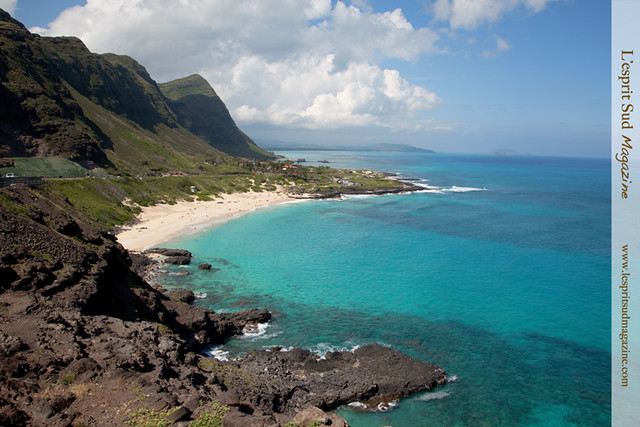
Postcard vista of Waimanalo Bay from Makapu'u Point.
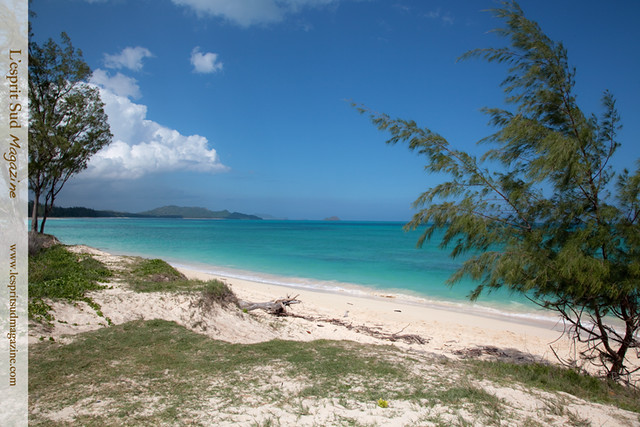
Pristine and empty beaches along Waimanalo Bay.
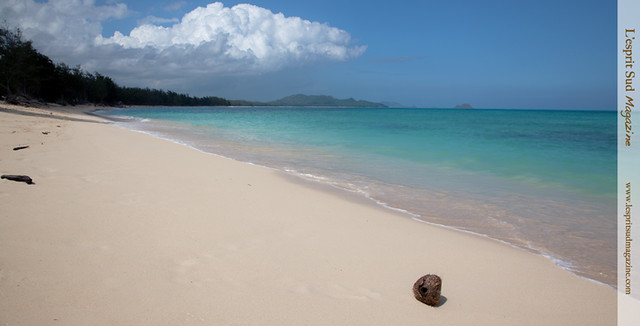
Waimanalo Beach Park.

Mokapu Peninsula, a Marine Corps Air Station can be seen from Waimanalo Beach Park.
At the end of Waimanalo Bay, we are reaching Kailua, a small residential community of 36,500 inhabitants. Many of the people that work in Honolulu live in Kailua, and transit everyday through the scenic Highway 3 that literally cuts across the mountains to reach the capital. As you would guess, the restaurant selection here is not as wide as in Honolulu. However, we did discover a true gem worth visiting: Formaggio Grill, a sophisticated bistro-wine bar serving Italian-influenced French Med fare.
The restaurant caters non-stop lunches, happy hours and dinners to locals and occasional visitors. As we arrived past to 2 p.m., hungry and quite exhausted, we ordered many items from the menu. To our great surprise, everything was really good, the service was friendly, and all that for a reasonable price.
Who said you had to starve in paradise?
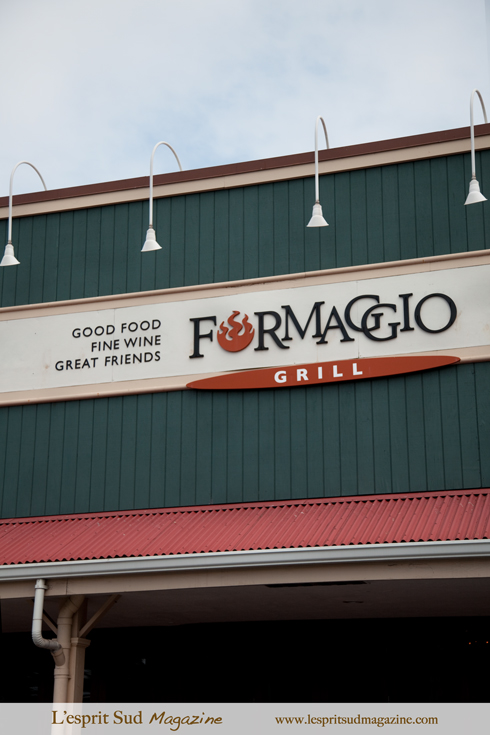 Formaggio Grill - Restaurant front on Hahani Street, Kailua.
Formaggio Grill - Restaurant front on Hahani Street, Kailua.

Bruschetta Trio: Tomato and basil, portabella mushroom with truffle oil, roasted peppers and goat cheese - $12.99.

Tuna and artichoke tartins - Ahii Salad served open faced on grilled crostini - $12.49.
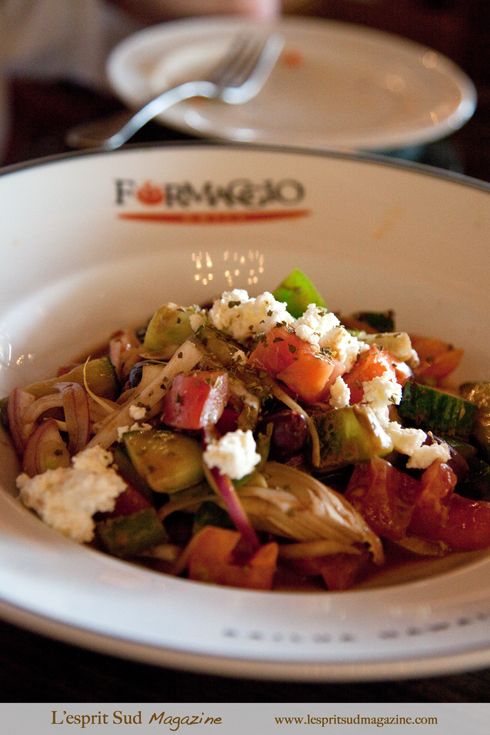
Chopped Greek Salad: cucumber, tri-colored peppers, sweet red onions, vine-ripened tomatoes, kalamata olives, oregano and feta cheese - $8.99.
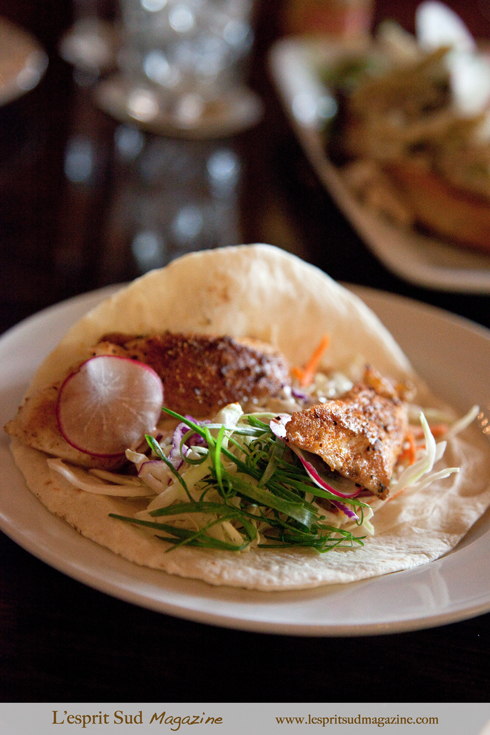
Fresh fish tacos: Seared Island fish with pesto aioli - $12.99.
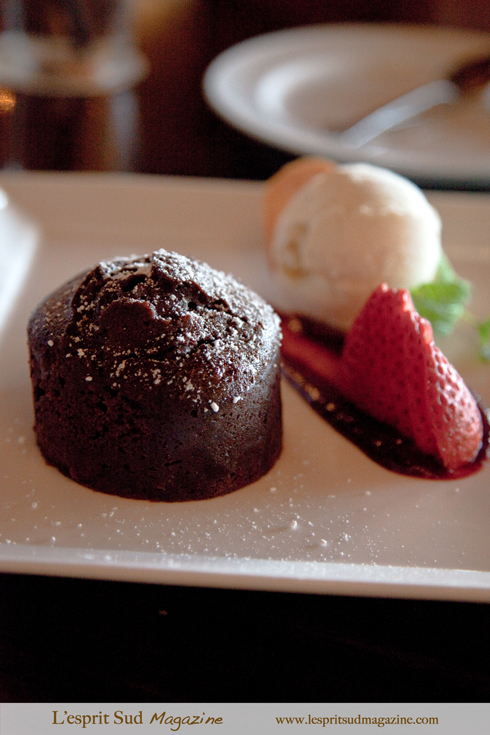
Chocolate molten cake a la mode - $10.
In our next article, we are ending our day-trip with the visit of the Byodo-in Temple in the Valley of the Temples. Stay tuned!
The restaurant caters non-stop lunches, happy hours and dinners to locals and occasional visitors. As we arrived past to 2 p.m., hungry and quite exhausted, we ordered many items from the menu. To our great surprise, everything was really good, the service was friendly, and all that for a reasonable price.
Who said you had to starve in paradise?
 Formaggio Grill - Restaurant front on Hahani Street, Kailua.
Formaggio Grill - Restaurant front on Hahani Street, Kailua.
Bruschetta Trio: Tomato and basil, portabella mushroom with truffle oil, roasted peppers and goat cheese - $12.99.

Tuna and artichoke tartins - Ahii Salad served open faced on grilled crostini - $12.49.

Chopped Greek Salad: cucumber, tri-colored peppers, sweet red onions, vine-ripened tomatoes, kalamata olives, oregano and feta cheese - $8.99.

Fresh fish tacos: Seared Island fish with pesto aioli - $12.99.

Chocolate molten cake a la mode - $10.
In our next article, we are ending our day-trip with the visit of the Byodo-in Temple in the Valley of the Temples. Stay tuned!
For more information
Formaggio Grill
Open Monday to Thursday: 11:30 am - 11:00 pm, Friday & Saturday: 11:30 am - 1:00 am., Sunday: 11:00 am - 11:00 pm
Award-winning restaurant in Kailua serving casual gourmet fare and offering an extensive wine list featuring more than 50 wines by the glass to celebrate happy hours in style. At "Happy Hour" time, a large selection of tapas and wine by the glass turns this quiet restaurant into Kailua hotspot. Live music every Friday and Saturday.
Our review: We truly enjoyed our lunch at Formaggio Grill. Everything was really fresh and tasty, and we need to mention that "The Tuna and Artichoke tartine" was divine. Our total bill for 4 dishes, 1 dessert and 2 glasses of wines was $100 (including taxes and gratuity), a real bargain for quality food in Oahu.
305 Hahani Street
Kailua, HI 96734
USA
Tel: (808) 263 2633
Website
Diamond Head State Monument
open daily from 6:00a.m. until 6:00p.m. The current fees is $5.00 per car or $1 per person for pedestrians.
Hawaii's most recognized landmark is known for its historic hiking trail, stunning coastal views, and military history. Diamond Head State Monument encompasses over 475 acres, including the interior and outer slopes of the crater. It takes about an hour to reach the observation deck and it is greatly advised to start very early in the morning to avoid the crowd and beat the heat.
For more information, please visit the Park's Website or consult the Park Brochure.
Hanauma Bay Nature Preserve
open daily from 6:00a.m. until 7:00p.m. except on Tuesdays. The current fees at Hanauma Bay are $1.00 per car to park and $7.50 per person to enter.
Hanauma Bay Nature Preserve, one of the most spectacular natural resources in Hawaii, is not a "beach park" for beach sport, but a Nature Preserve dedicated to safeguarding the fragile marine life in the Bay. You can rent masks, fins, snorkels and lockers at the beach. Try to arrive early as between 10a.m. and 1p.m. the parking lot gets full as the number of vehicles allowed in the park is limited.
For more information, please visit the park's Website.
Award-winning restaurant in Kailua serving casual gourmet fare and offering an extensive wine list featuring more than 50 wines by the glass to celebrate happy hours in style. At "Happy Hour" time, a large selection of tapas and wine by the glass turns this quiet restaurant into Kailua hotspot. Live music every Friday and Saturday.
Our review: We truly enjoyed our lunch at Formaggio Grill. Everything was really fresh and tasty, and we need to mention that "The Tuna and Artichoke tartine" was divine. Our total bill for 4 dishes, 1 dessert and 2 glasses of wines was $100 (including taxes and gratuity), a real bargain for quality food in Oahu.
305 Hahani Street
Kailua, HI 96734
USA
Tel: (808) 263 2633
Website
Diamond Head State Monument
open daily from 6:00a.m. until 6:00p.m. The current fees is $5.00 per car or $1 per person for pedestrians.
Hawaii's most recognized landmark is known for its historic hiking trail, stunning coastal views, and military history. Diamond Head State Monument encompasses over 475 acres, including the interior and outer slopes of the crater. It takes about an hour to reach the observation deck and it is greatly advised to start very early in the morning to avoid the crowd and beat the heat.
For more information, please visit the Park's Website or consult the Park Brochure.
Hanauma Bay Nature Preserve
open daily from 6:00a.m. until 7:00p.m. except on Tuesdays. The current fees at Hanauma Bay are $1.00 per car to park and $7.50 per person to enter.
Hanauma Bay Nature Preserve, one of the most spectacular natural resources in Hawaii, is not a "beach park" for beach sport, but a Nature Preserve dedicated to safeguarding the fragile marine life in the Bay. You can rent masks, fins, snorkels and lockers at the beach. Try to arrive early as between 10a.m. and 1p.m. the parking lot gets full as the number of vehicles allowed in the park is limited.
For more information, please visit the park's Website.
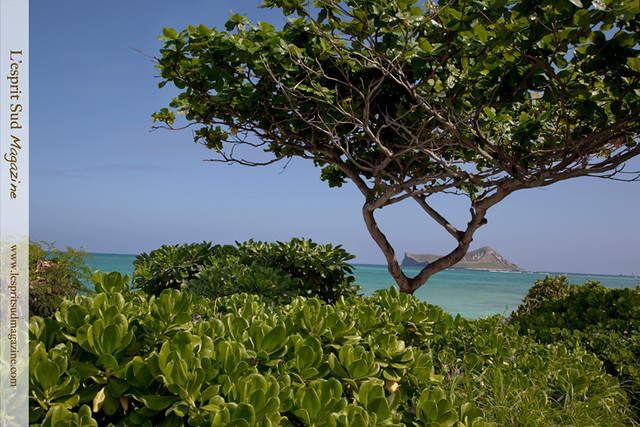
Interactive map
Check out our interactive map of Hawaii to see where I took all the pictures featured in this article.
